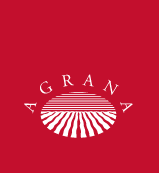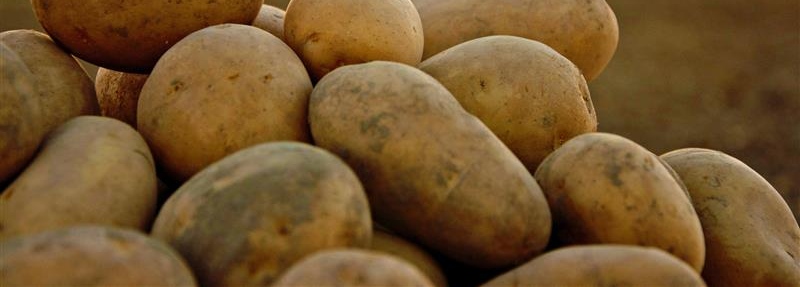Starch
Agriculture
The main focus of the work here is on the timely discovery of infestations involving pests, fungal or viral pathogens as well as the development and implementation of regulatory schemes based on these findings. In addition, there are also investigations of horticultural methods to prevent soil erosion before and during potato crops as well as associated efforts to optimise the water consumption efficiency of this crop.
Technical assessment of varieties
The most important raw materials for starches are corn, wheat and potatoes. Each of these raw materials has varieties which are bred to favour their particular growing region. The main focus during the development of new varieties is on agricultural parameters such as yield, resistance to disease and growth, whereby their suitability for extracting starch tends to play a lesser role. In order to be able to assess this characteristic, the varieties are subjected to comparative tests investigating the extractability and the quality of the starch and other components in the raw materials and then taken into account the assessment of the varieties. These investigations are performed at ARIC and the results are then made available to the raw material sourcing departments at AGRANA starch mills.
Starch varieties AND types
Starches consist of amylose and amylopectin, whereby the majority of starch varieties consist of 25% amylose and 75% amylopectin. Amylose is a linear biopolymer made up of anhydrous glucose molecules which are bound together by alpha 1,4 bonds. In addition to linear bonds, amylopectin also has branches as a result of alpha 1,6 bonds. By means of their supramolecular structure, these components form starch grains of different sizes and shapes depending on the type of starch in question. Given that this structure is formed in layers, a grain of starch consists of crystalline and semi-crystalline regions, as a result of which the type of starch and its botanical origin can be determined under the microscope.
Technical assessments of starch types
Due to their different origins, starch varieties differ on the basis of their composition whereby, in addition to starch as the main component, the other constituents also have an impact on the quality and the properties of the starch, such as their paste viscosity, decomposition temperature, adhesive strength, water retention properties and thickening power. Starches consists of two key constituents: amylose and amylopectin. The ratio between these two components determines how the starch is classified in subcategories. Normal starch varieties generally have an amylose content of around 15% to 25%. Waxy starch varieties consist almost exclusively of amylopectin. High-amylose starches on the other hand have amylose contents of up to 70%. Other minor components which have an influence on starch properties include the concentrations of proteins, ash and fats. These investigations are routinely performed at ARIC and form the basis for the development of new starch-based products for use in the food sector and in technical applications.
Process
In its native form, starch has a granular structure and is only used in this form in very specific technical applications. In the most common applications, starch is modified in a variety of ways either by the manufacturer or by the user. In both cases, the properties of the starch are optimised to reflect the later application.
Starch can also be subjected to fermentation in a sustainable process as a result of which bioethanol is obtained for use as a fuel additive.
Starch modification processes are being constantly optimised, mainly with the aim of reducing the use of chemicals and energy and also to increase the yield of starch products.

